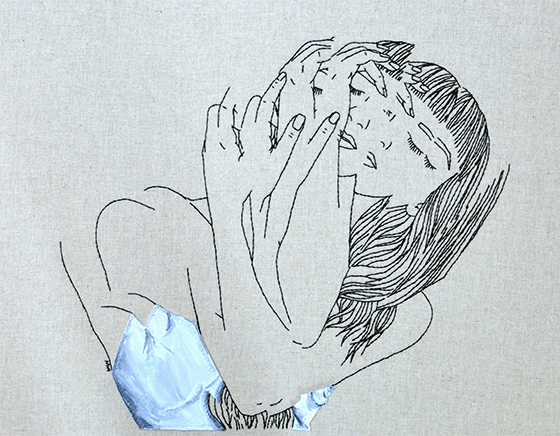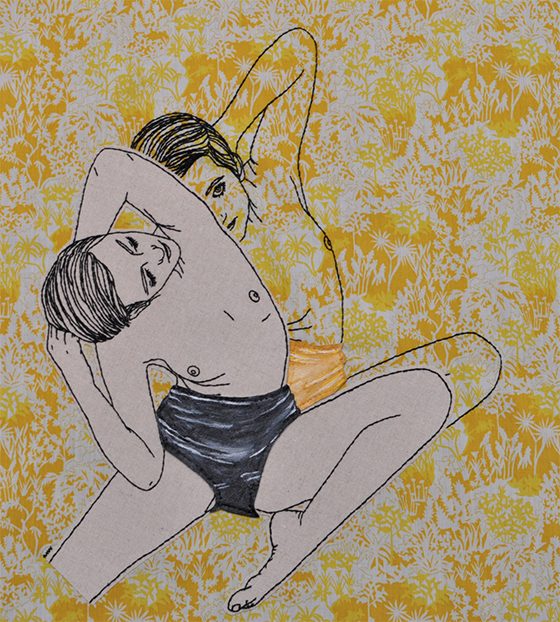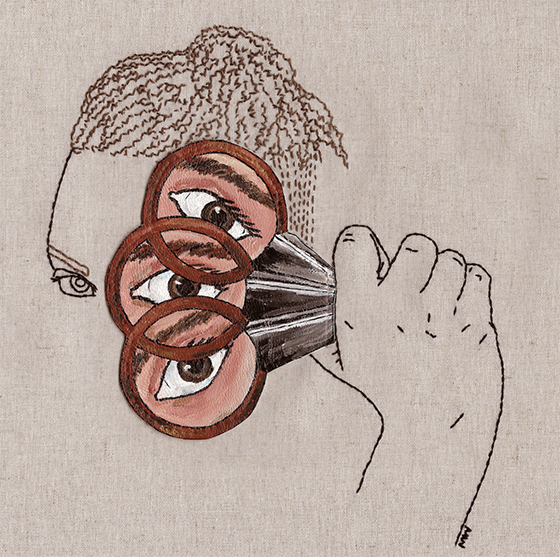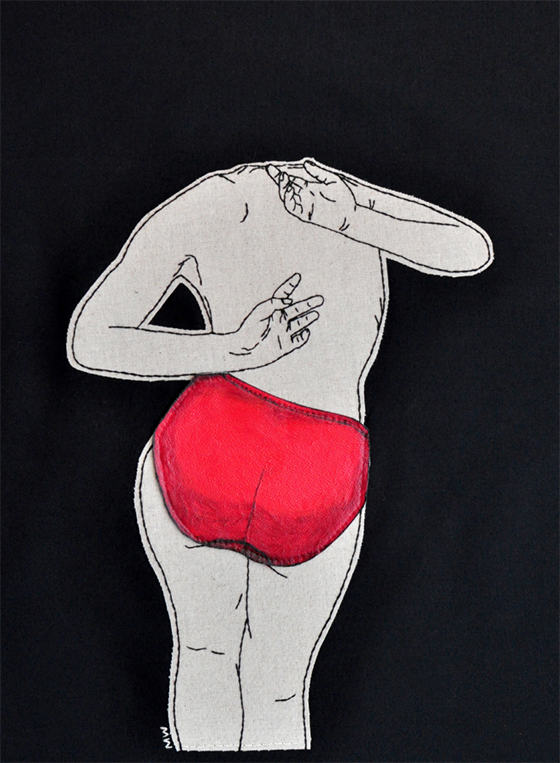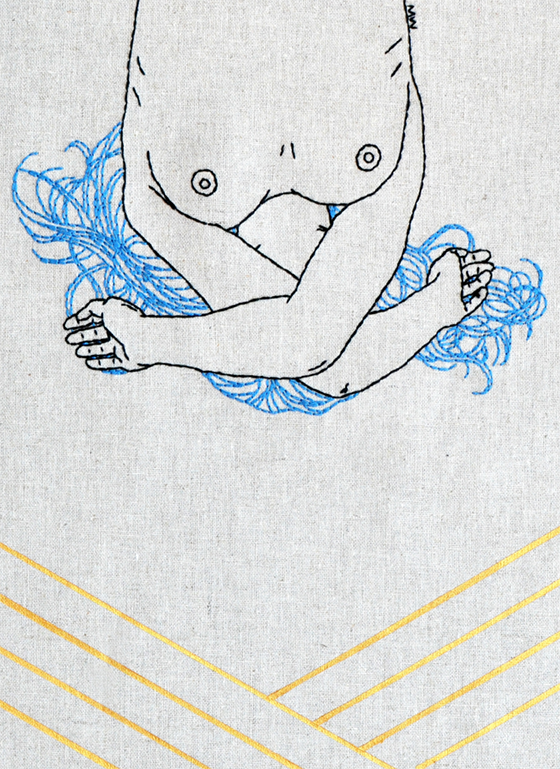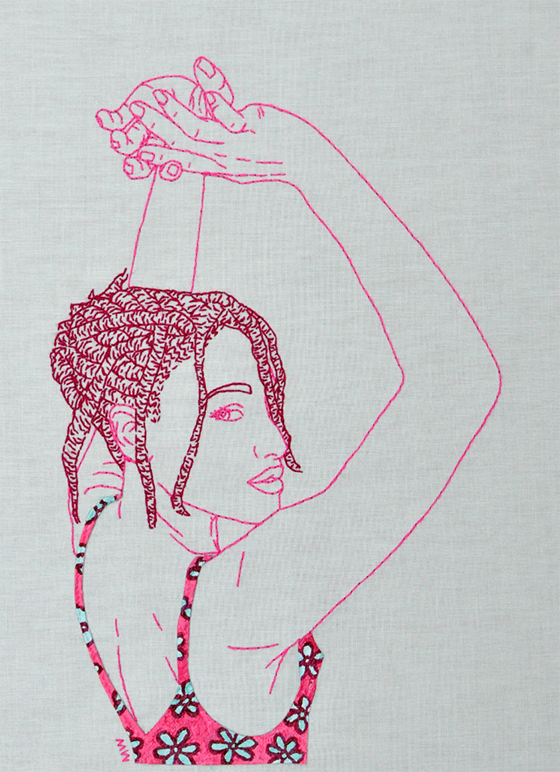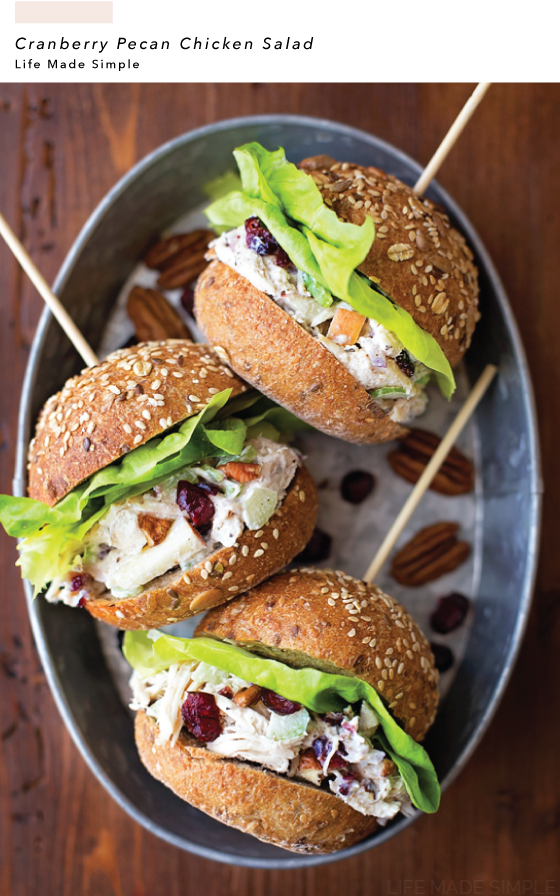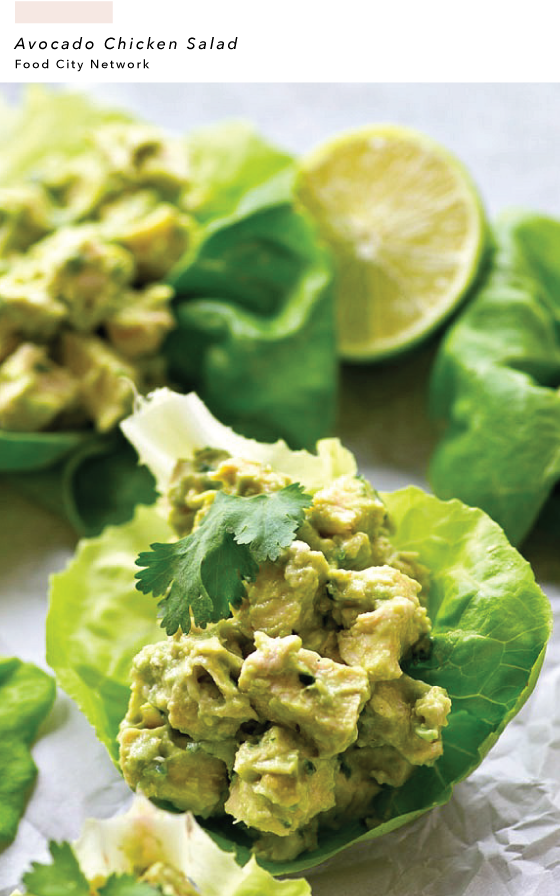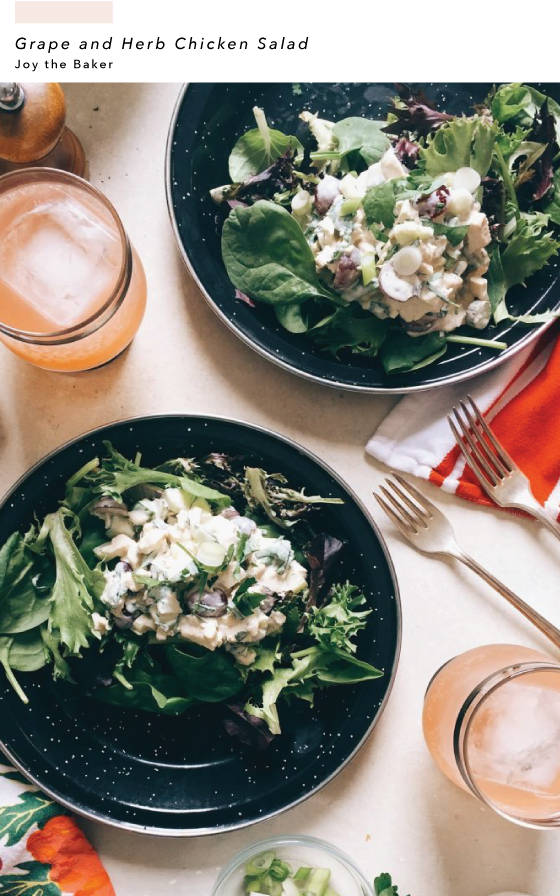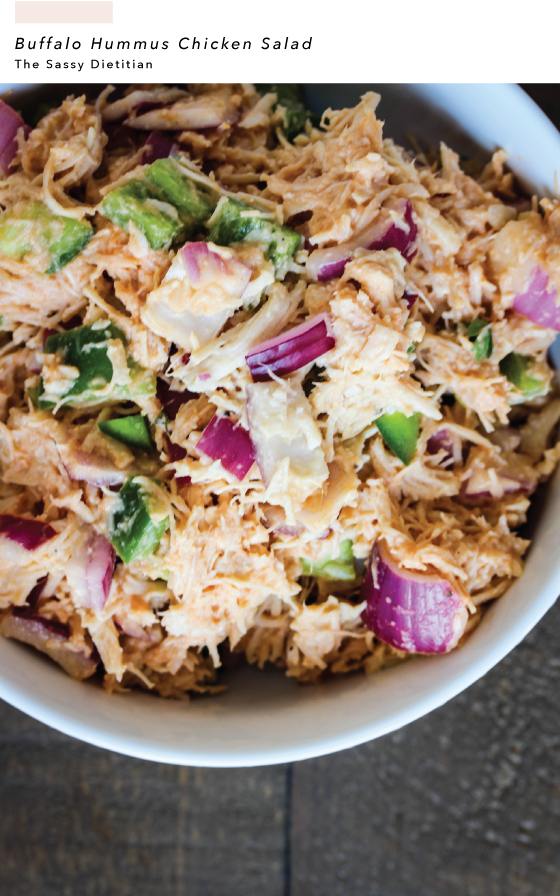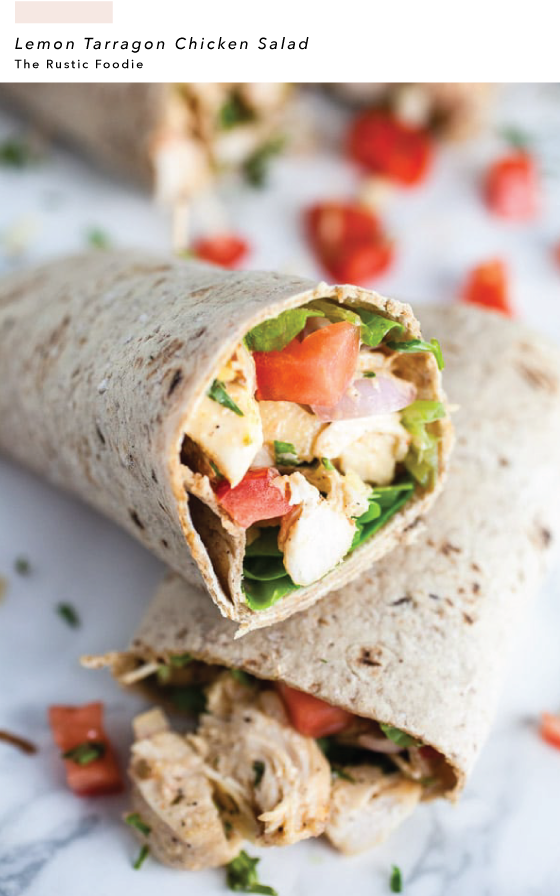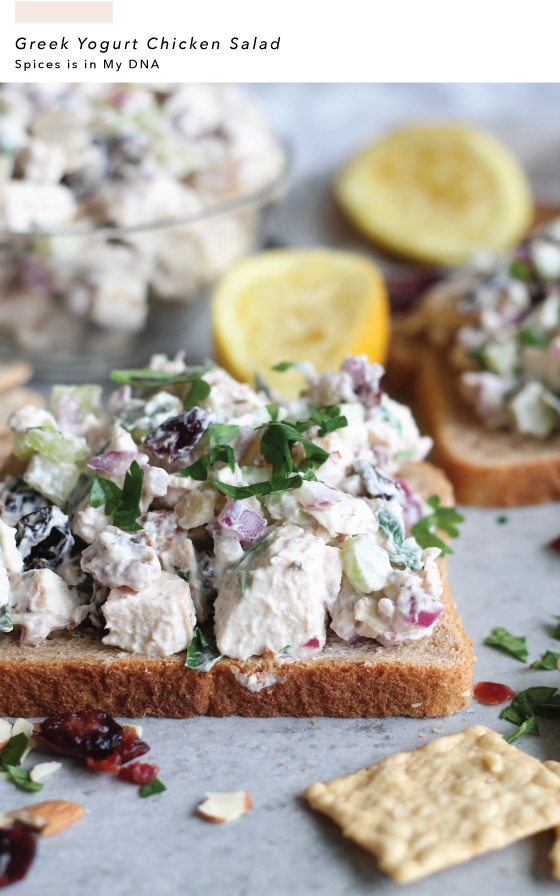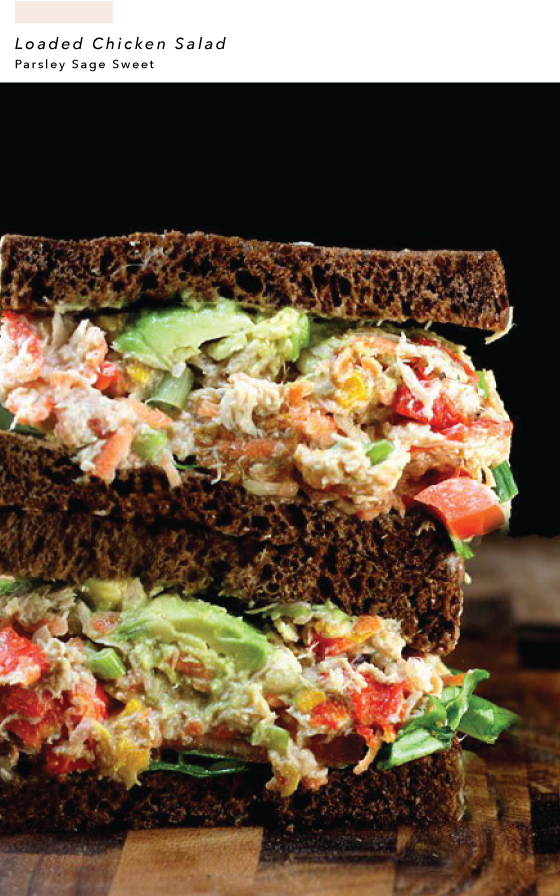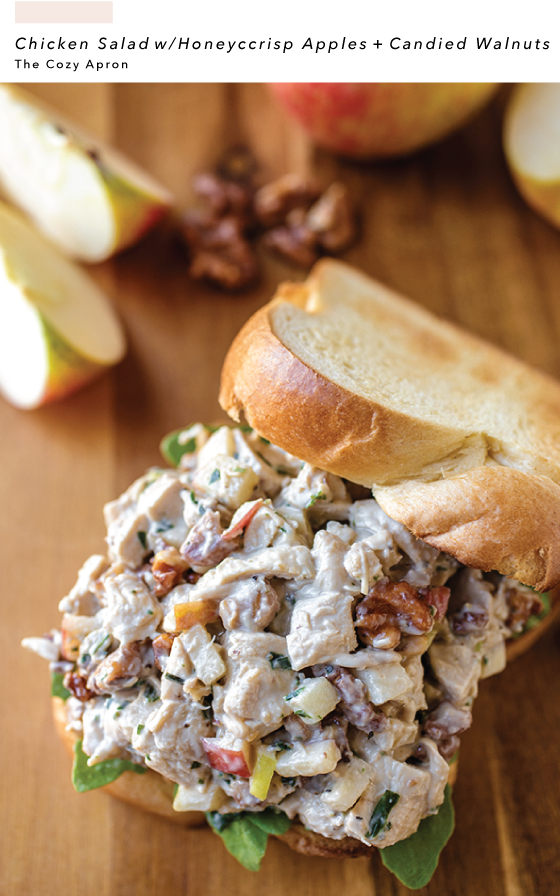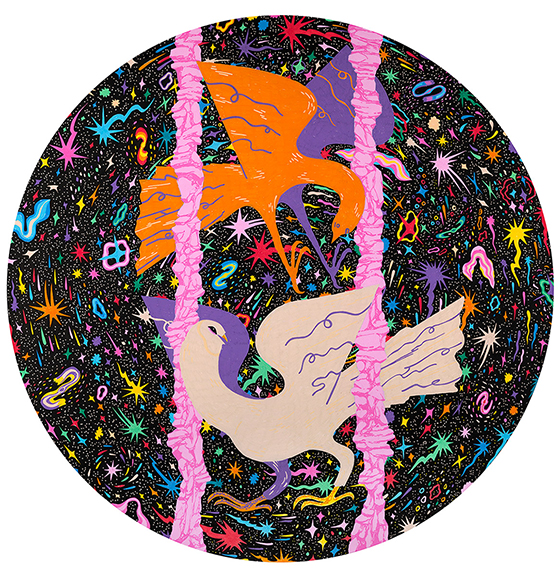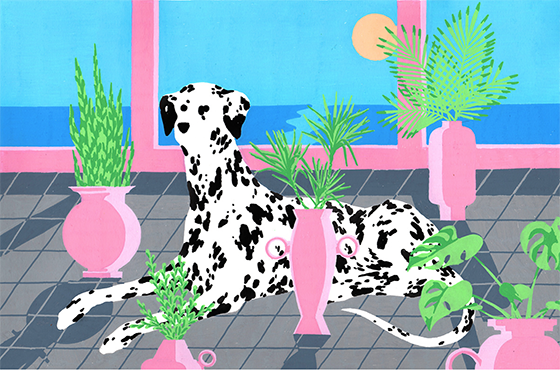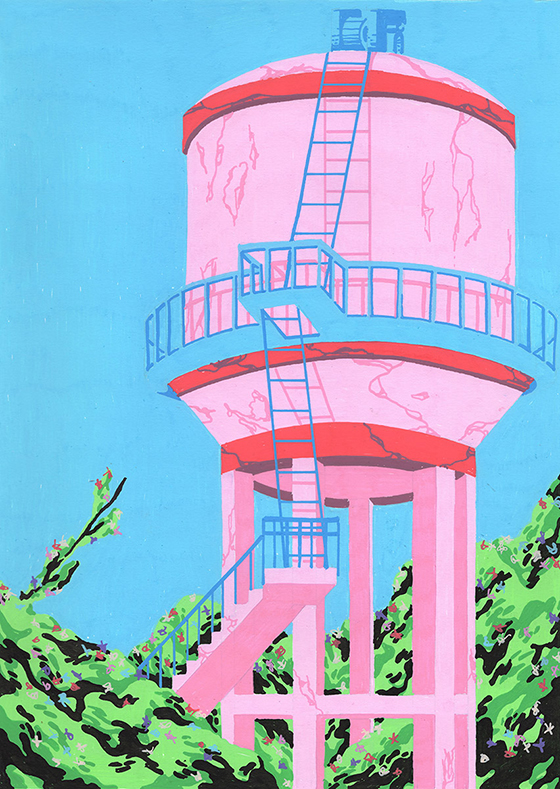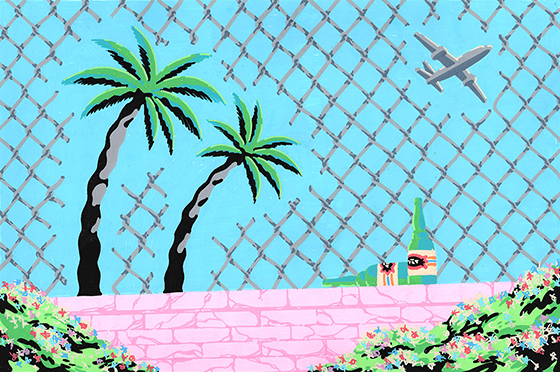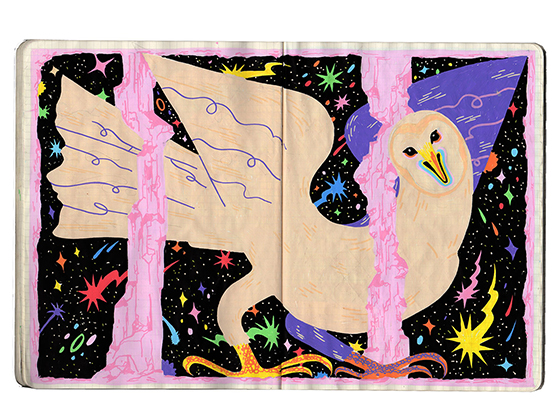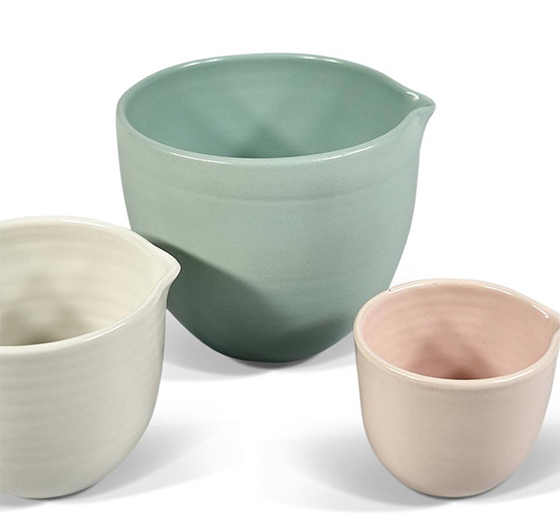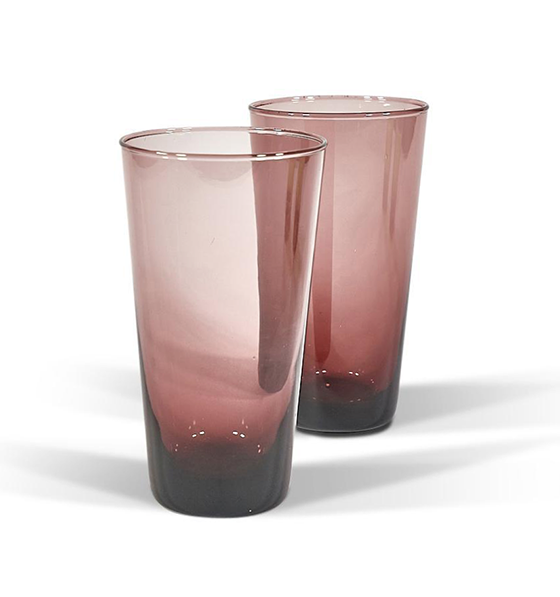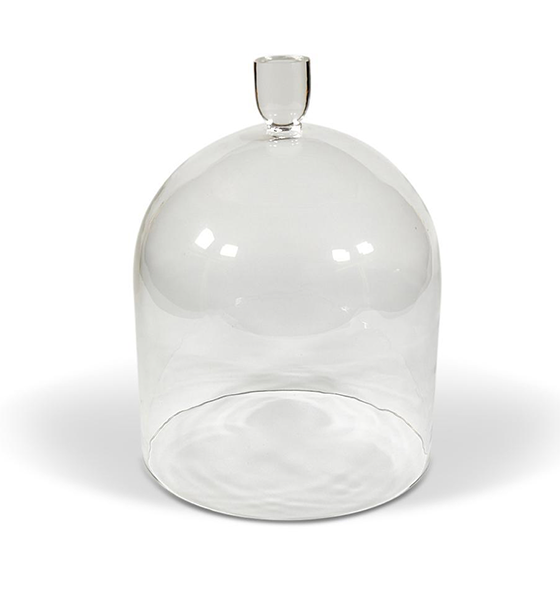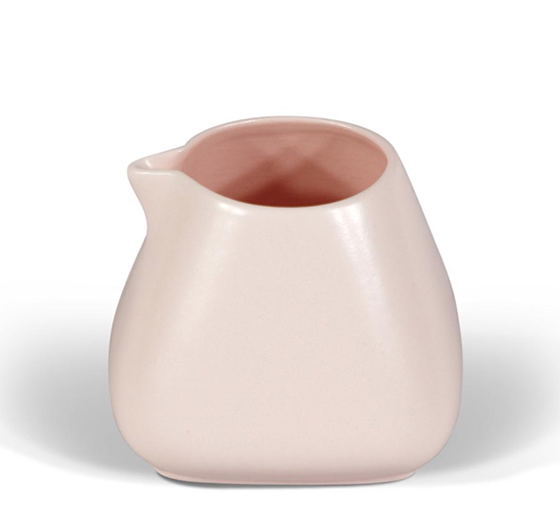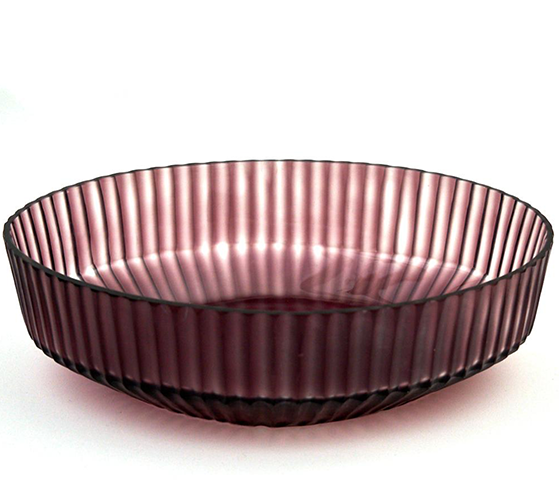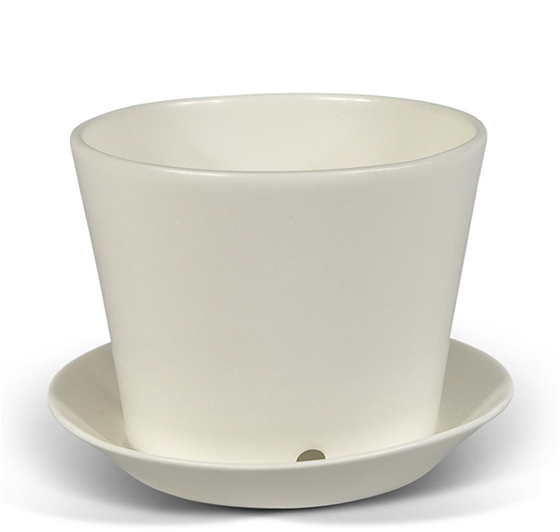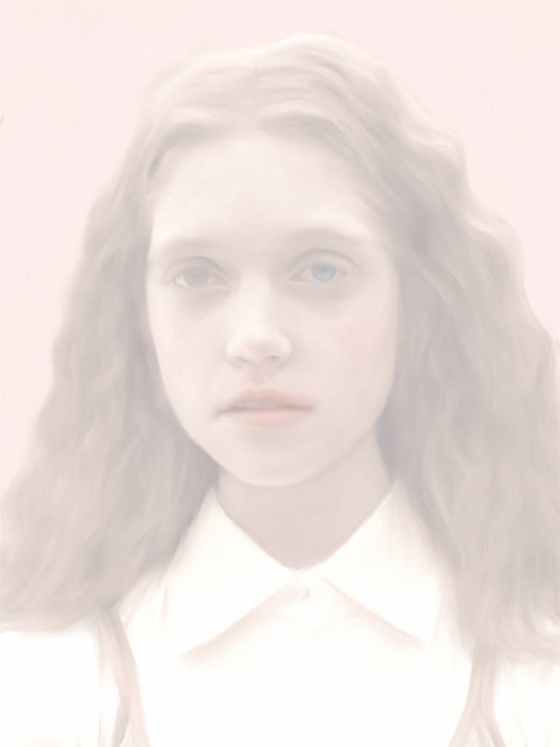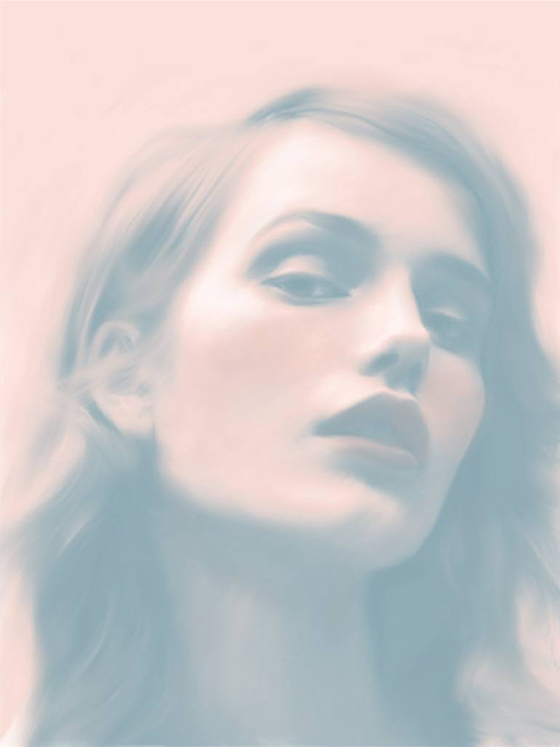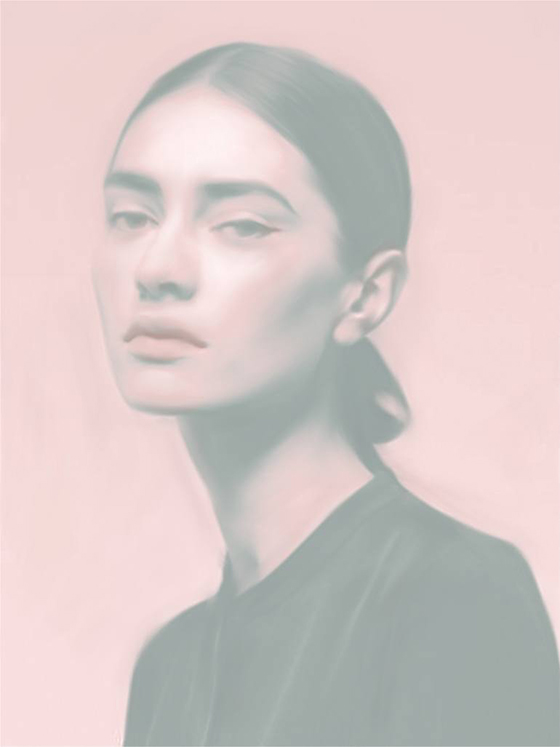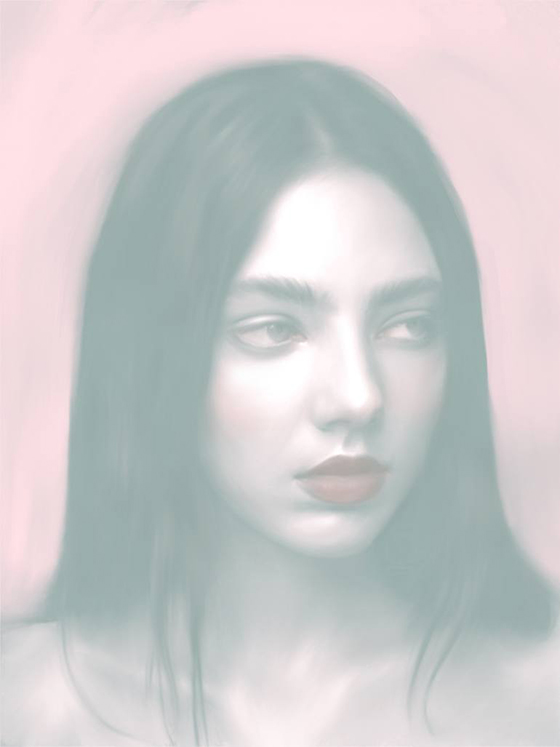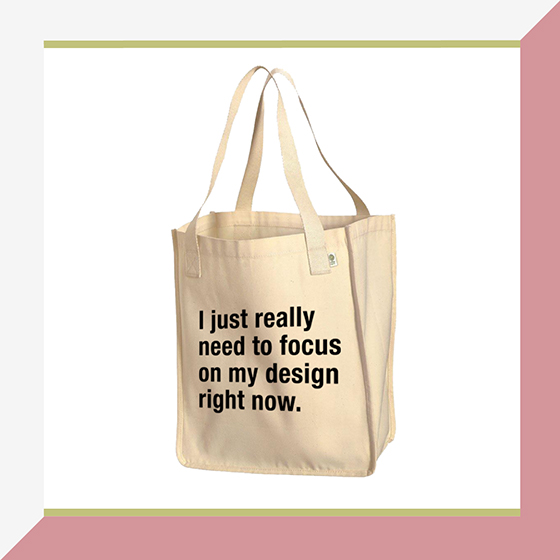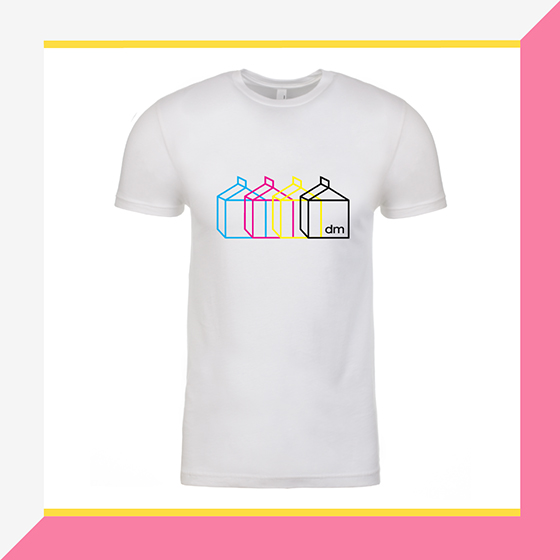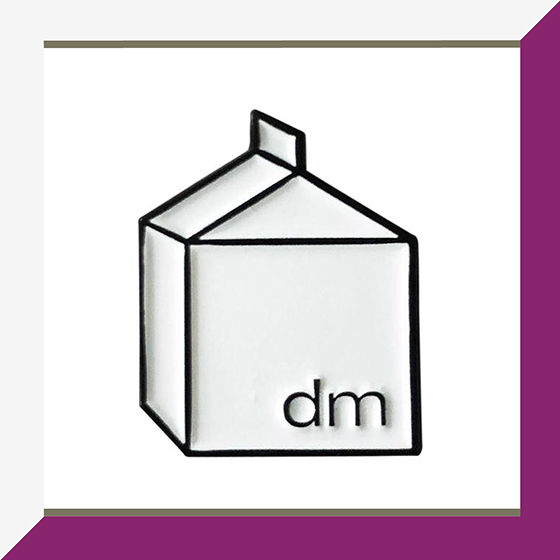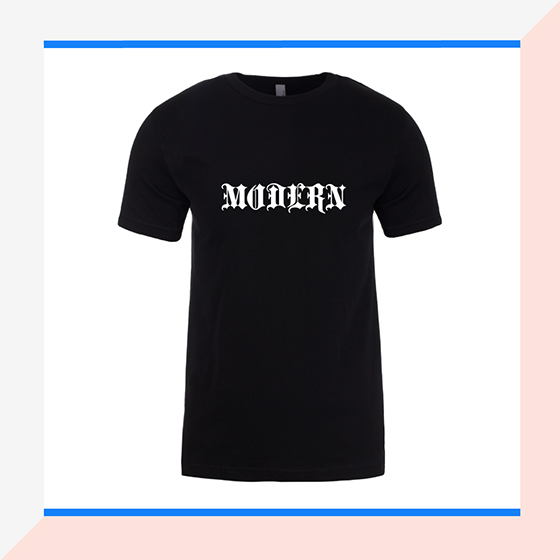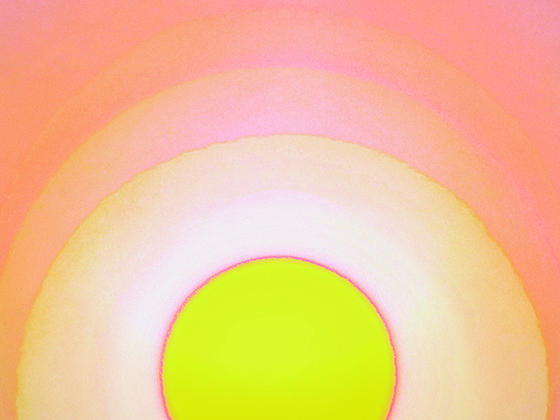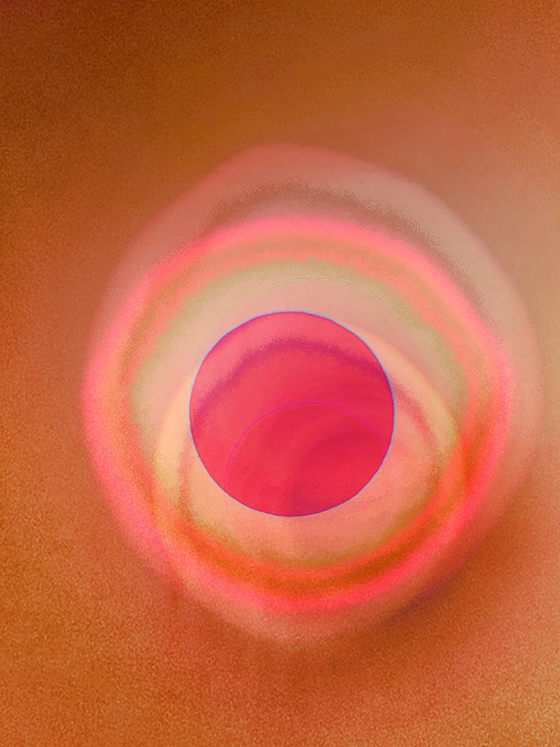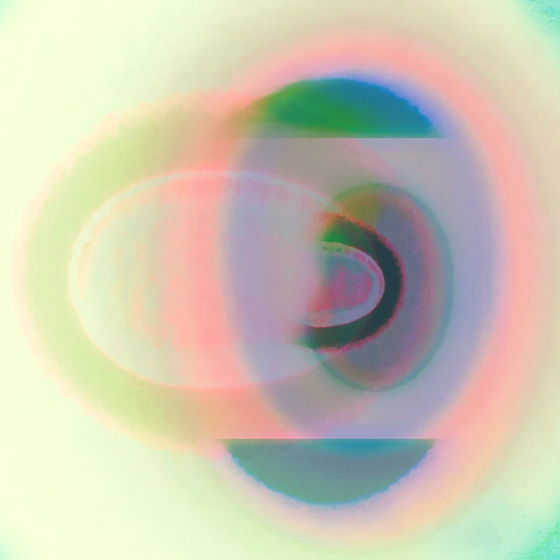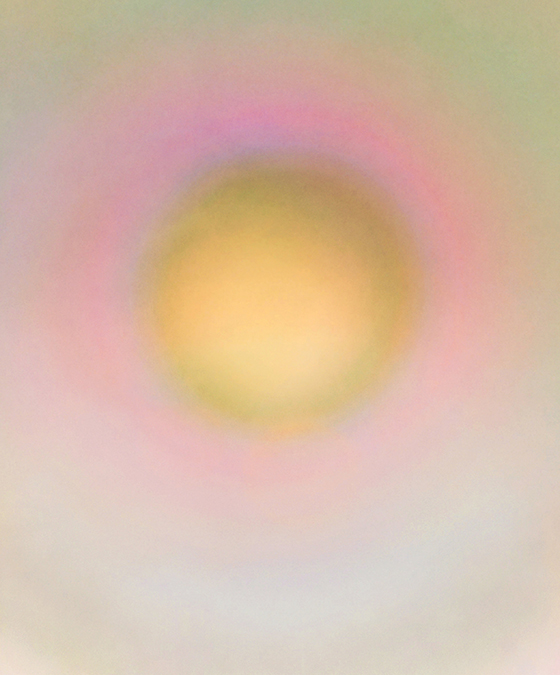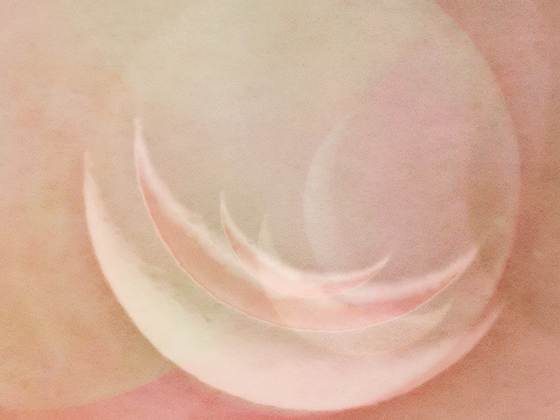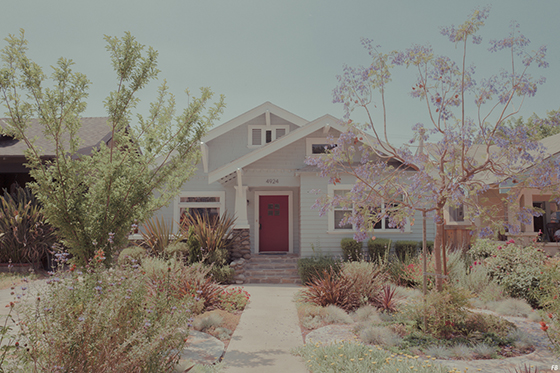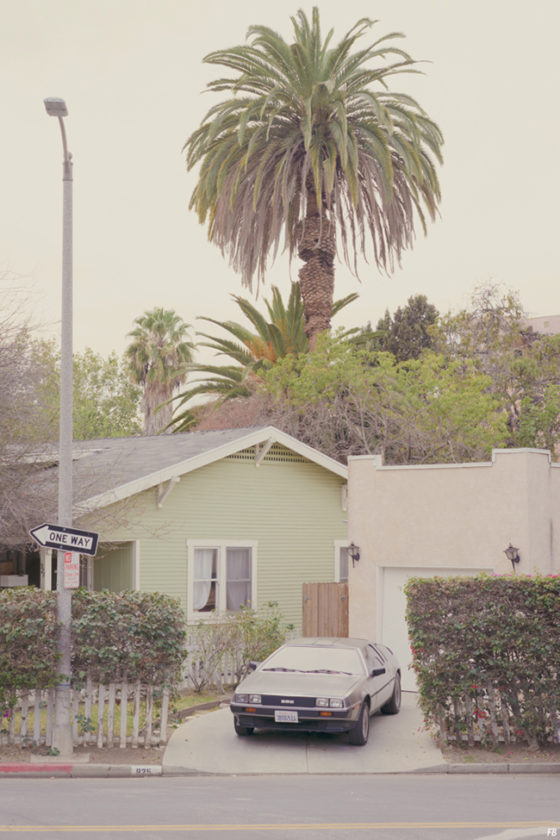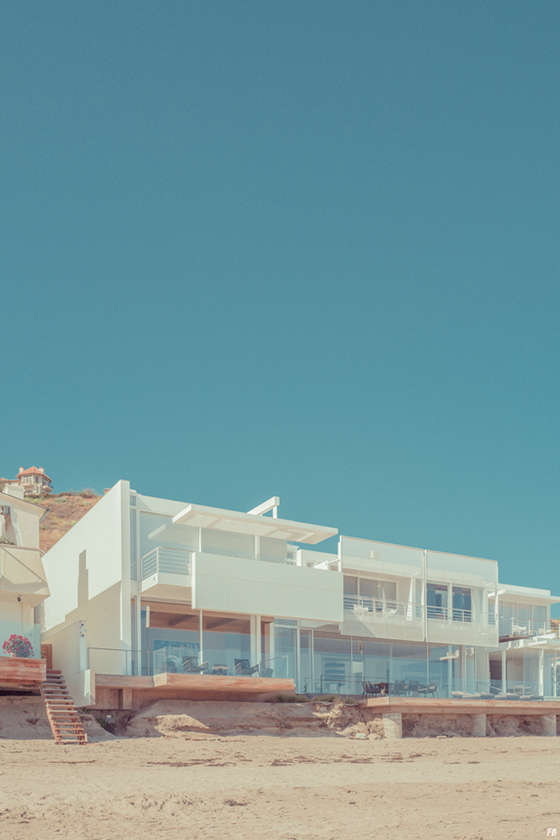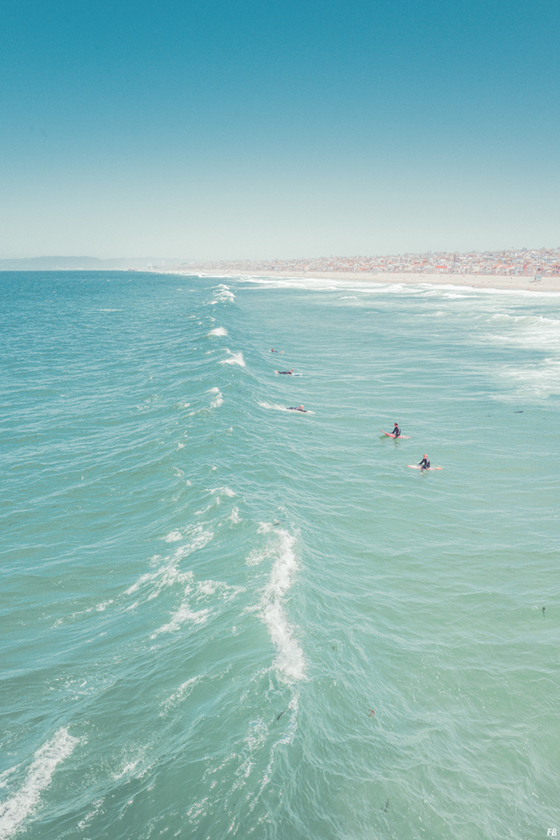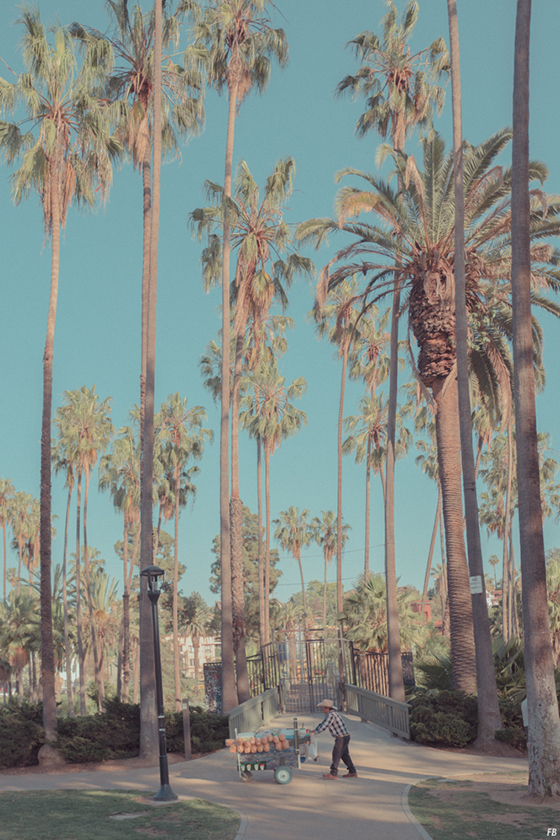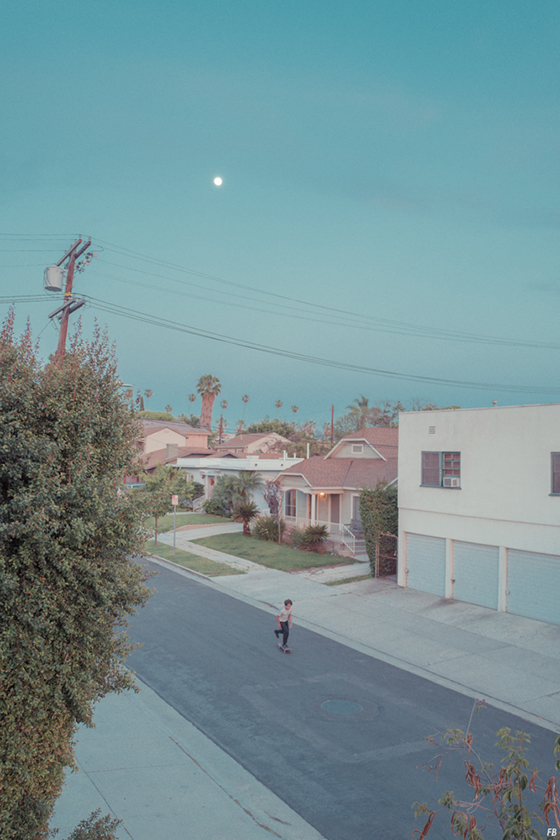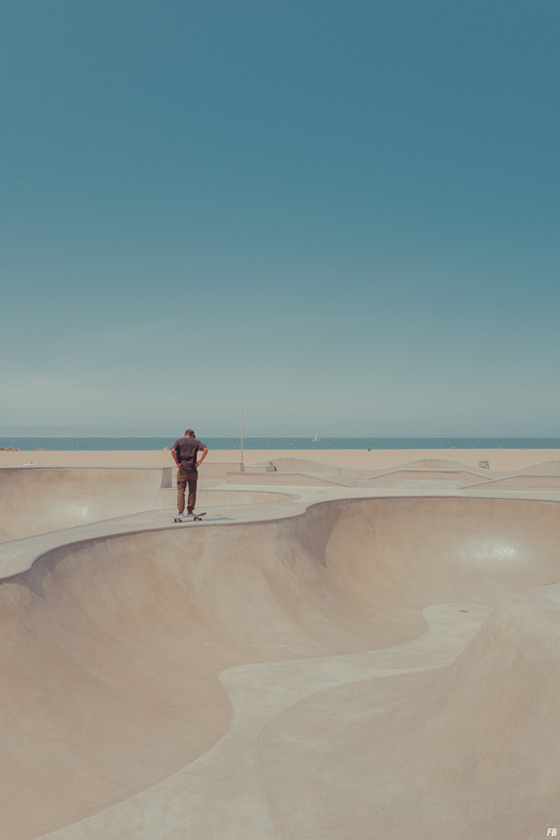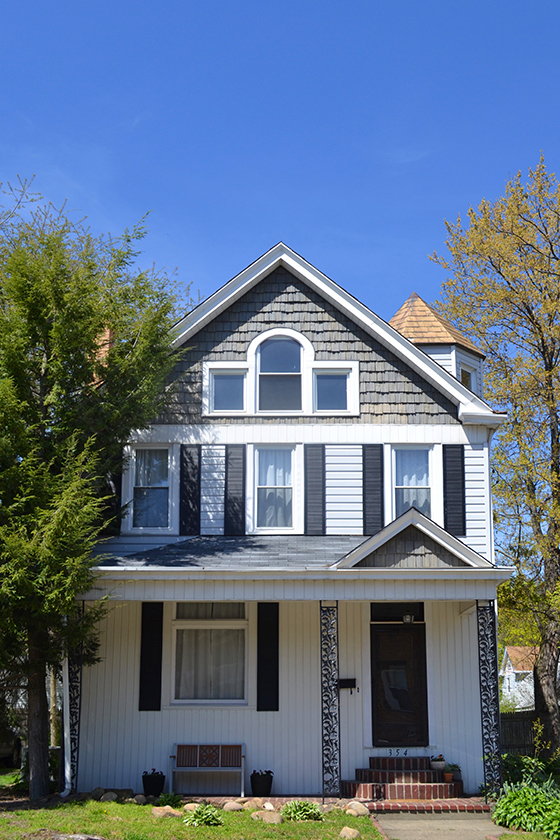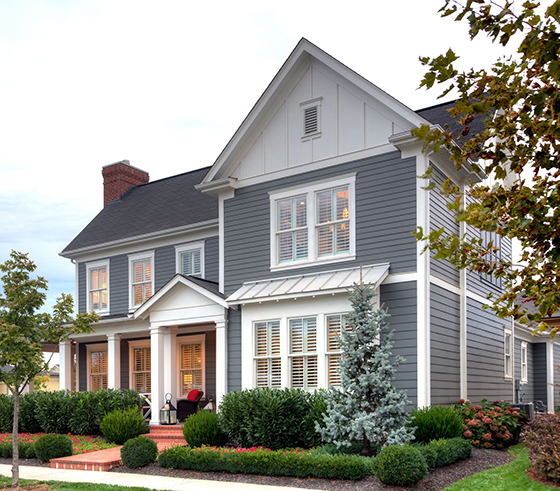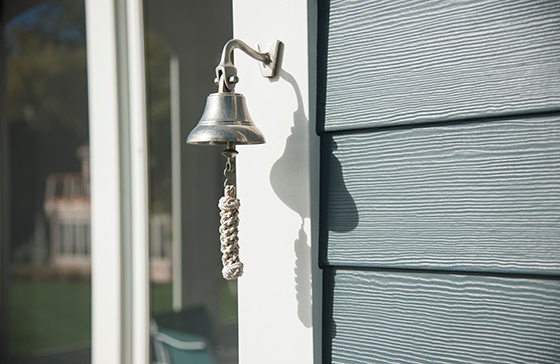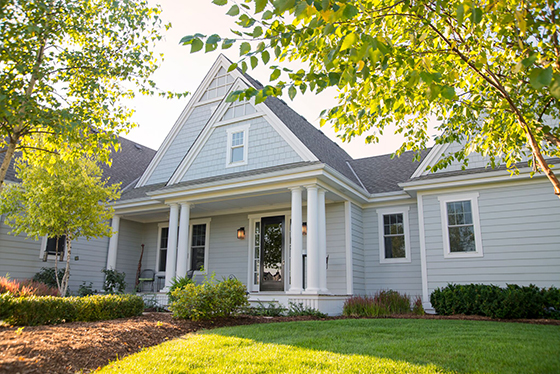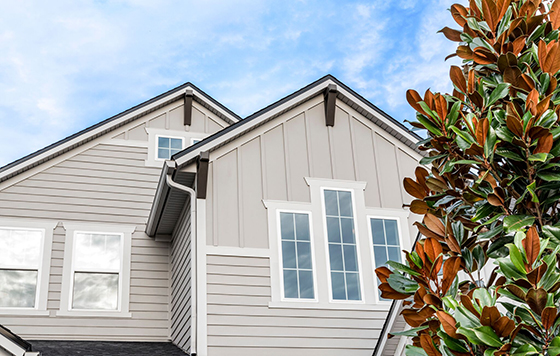The Magic of Linen + 5 Linen Care Tips
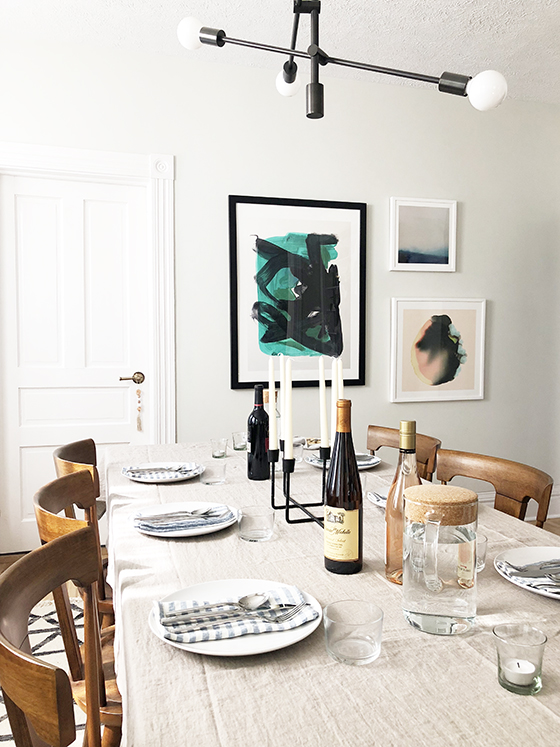
Warm, breezy days and flowing linens were made for one another. The centuries old fabric is made from the fibers of the flax plant, and the lightweight, breathable fabric is perfect for slower, more rumpled days. You’ll notice I didn’t bother to iron out the fold seams in these photos, and that’s because I think they add to the charm of all things linen.
MagicLinen is a family business located in Lithuania that combines their knowledge of textiles and love of décor to create linen pieces meant to be passed down through generations. All of the company’s goods are made from high quality European OEKO-TEX certified linen fabric and is softened through stonewashing, the modern way of doing so without any harmful chemicals. MagicLinen’s collection is entirely handmade and includes linen bedding, clothing, napkins, towels, placemats, table runners, towels, scarves, aprons, and more.
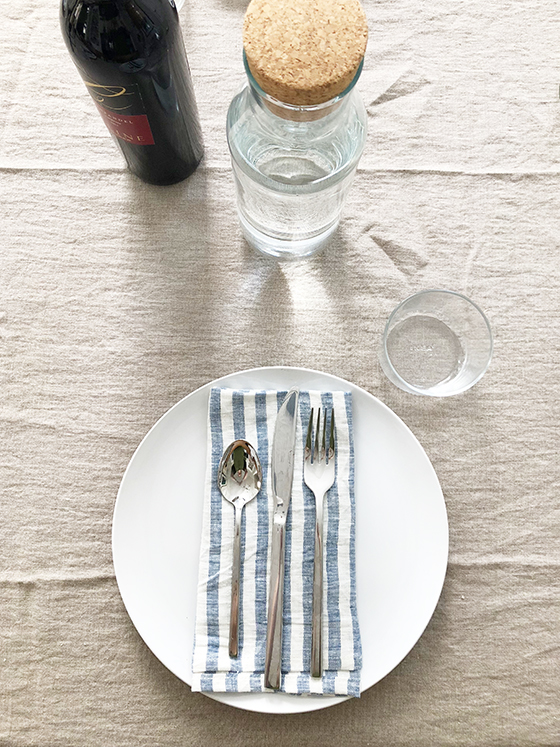
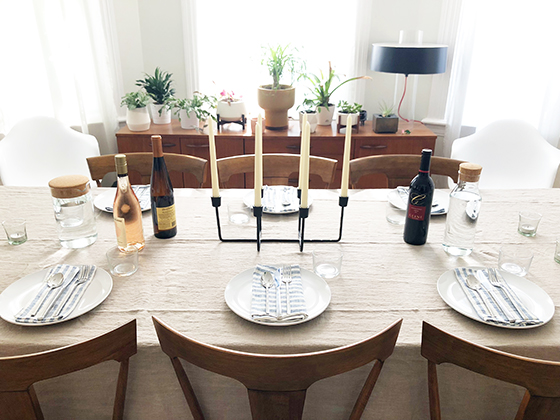
“We care a lot about eco-friendly, organic and slow living. We cherish classic values, at the same time being modern, opened to a world and new ideas, doing our best with a lot of enthusiasm and hard work. These principles reflect in the goods we deliver – we choose the most organic fabrics and enjoy the process of making items by hand than going to big factories.”

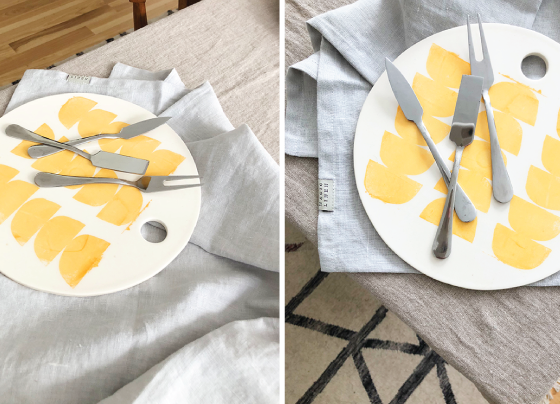
MagicLinen is aptly named, because the fabric really is just that and has been used through the ages to make everything from canvases and wallpaper to clothing and bedding. It’s super durable because linen is naturally thicker and 30% stronger than cotton, so it will keep its shape and withstand more washings while growing softer over time. It can absorb up to 20% of its own weight in water before starting to feel damp and dries quickly, making linen the perfect material for bath towels and clothing. The material is also a natural insulator meaning it keeps you cool in the summer and retains heat from your body in the colder months. It’s also hypoallergenic which is fantastic for people who have sensitive skin or suffer from allergies. A big bonus – linen is sustainable and eco-friendly.


I’m not fussy when it comes to the textiles in my home or in my wardrobe, so MagicLinen’s pieces fit right in. The dishtowels are super absorbent, the bed linens so cool and soft for summer, and the tablecloth and napkins my favorite options for pulling together a quickly dressed table. I want these pieces to last for along time, so I did my research when it comes to caring for them.
Washing
Linen items can be both hand washed and machine washed, though preferably on their own. When machine washing use the gentle cycle with warm water with a mild detergent. For hand washing also use warm water and about a teaspoon of mild detergent. Allow the linen to soak for 10 minutes before swishing it around while avoiding the urge to wring, twist, or scrub as it can stretch the fabric. Rinse with cool water until all of the soap is gone. To combat any stubborn stains, soak the spot in a detergent and water solution and launder as usual.
Drying
Washed linens can be machine dried on low heat. Remove them from the dryer while still slightly damp and hang or lie flat to dry completely. Air drying adds softness to the linen items, you can line-dry lay them flat on a white towel. The only linen pieces that will ever require dry cleaning are more structured garments such as linen jackets, suits, and hemstitched items in order to preserve their shape.
Avoid
Bleaching your linens or using detergents with optical brighteners can weaken linen’s fibers and cause discoloration. Fabric softeners and dryer sheets can weaken the fibers and reduce their absorbency and moisture-wicking properties. Don’t store linen in plastic bags, instead choose linen bags or reuse old pillowcases.
Ironing
I prefer the wrinkled look, but if you’d like a crisper appearance you can use a medium-hot iron on the fabric while it’s still damp or overlay it with a damp towel.
Storing
Make sure they’re are completely dry to avoid mildew before storing your linens in a cool, dry, well-ventilated area that’s located away from direct sunlight.
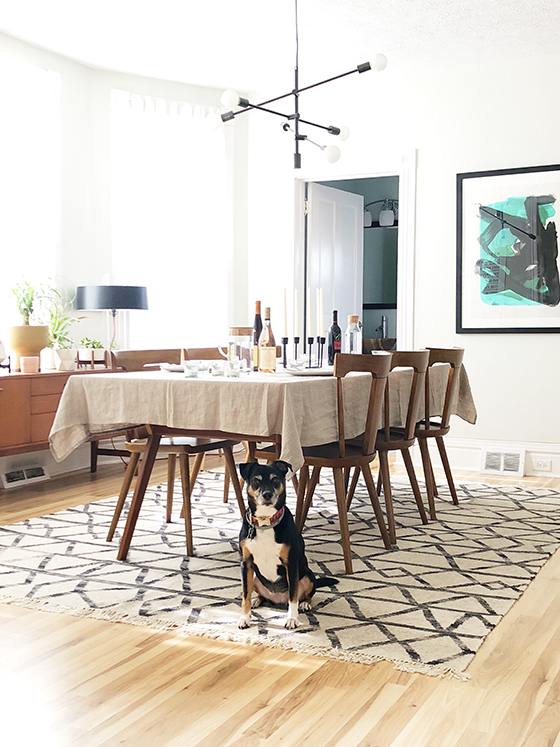

This post sponsored by MagicLinen. All words and opinions are my own. Thank you for supporting our carefully chosen partners that help keep Design Crush creating fresh content!
Posted In accents, behind the scenes, house and home, living, series, sponsored post, tips + tricks


